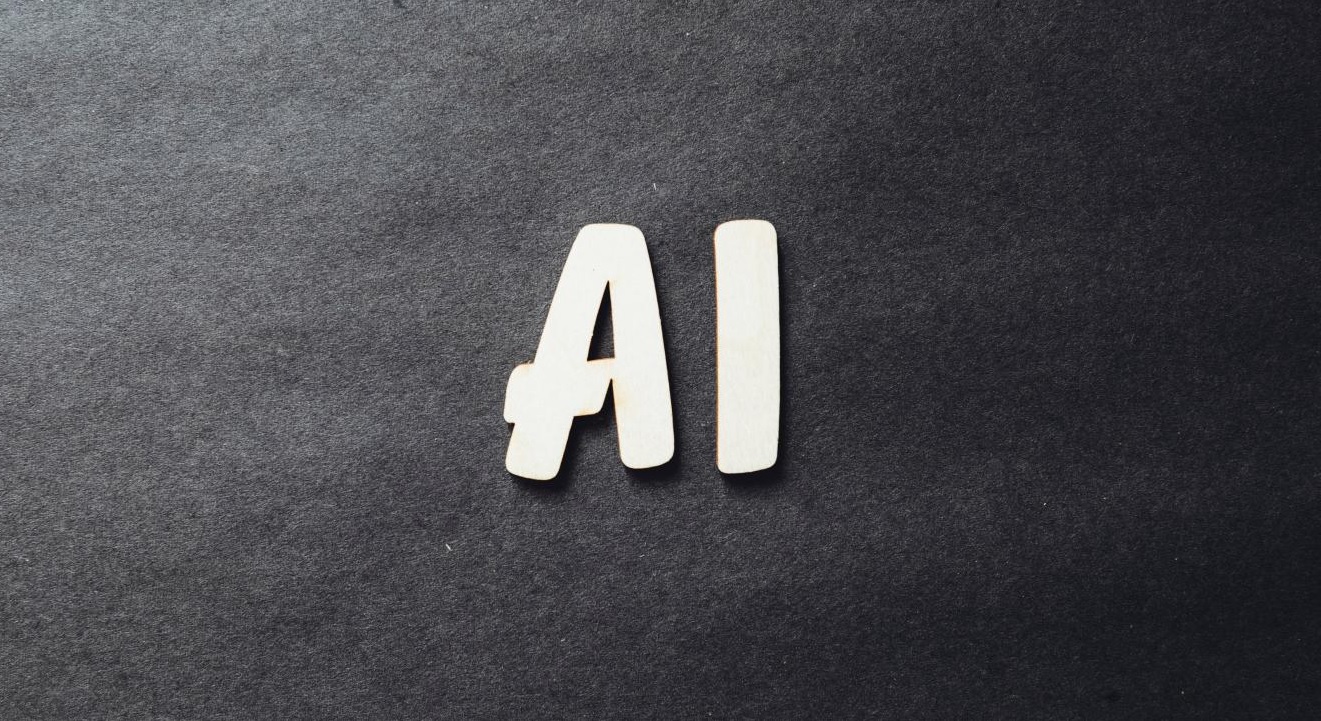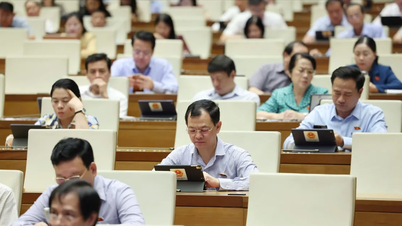Here are some artificial intelligence (AI)-powered tools that can help journalists in this work:

AI TOOL FOR TEXT CONTENT VERIFICATION
Exorde (https://exorde.network)
Exorde is a global information processing platform that analyzes the virality of pieces of information on the internet. It works by detecting URL submissions that are text content that has been flagged as being of interest to Exorde. It then processes the “sentiment” of the statement and how people react to it globally. Exorde then stores this information for public access.
FactCheck
FactCheck.org is a project hosted by the Annenberg Public Policy Center at the University of Pennsylvania. It verifies statements made by American politicians at the local, state, and federal levels. This includes political commentary and science. With Ask FactCheck and Ask SciCheck, journalists can ask the team to check their information.
Factiverse
Factiverse is an artificial intelligence tool that journalists can leverage to speed up the fact-checking process. Based on research done at the University of Stavanger, Factiverse has produced an AI Editor that can detect misinformation in content and point to reliable sources. Along with this, they have a fact-checking database called FactiSearch and a tool called Microfacts that provides context and explains jargon.
ClaimReview
ClaimReview is a tagging system created in partnership with Google to help identify and promote fact-checked information to appear prominently on search engines and social media. With this tag, a fact-checked claim appears with a note indicating its validity.
AI TOOL FOR IMAGE INSPECTION
The Exchangeable Image File (EXIF) is a standard format that accompanies all images taken on a digital camera. EXIF data carries information about the image such as ISO, shutter speed, and exposure, along with the date and location the photo was taken. Any modifications to the original photo are recorded in the photo's metadata.
Journalists can benefit by checking the EXIF of any photo to determine if it has been tampered with. Web-based tools for extracting EXIFs include EXIF Data Viewer and Metadata2go. A similar desktop application is Phil Harvey's ExifTool.

Fake photo of former President Donald Trump being arrested.
TinEye
Another tool that helps verify images is TinEye. Journalists can search for copies of the image, track where the image has appeared before, and use reverse engineering.
VIDEO VERIFICATION AI TOOL
WeVerify
The latest version of the InVID-WeVerify verification plugin includes a variety of tools to check the authenticity of video and image content. Along with the new CheckGIF feature, they have tools like content analysis, optical character recognition, and the ability to compare content against a Database of Known Fakes.
Glorious ContextuBot Bot
Glorious ContextuBot Bot is an early stage tool that helps detect the origin of an audio file. Using fingerprinting technology, it aims to find out not only the origin of the sound bite but also the context surrounding it. The tool also helps identify other locations where the audio file has been used.
Truepic
With Truepic, journalists can verify the authenticity of visual content. Truepic Display provides the source and history of any media file while Truepic Lens provides metadata for any file.
YouTube DataViewer
YouTube DataViewer helps to extract metadata of any video uploaded to YouTube. Users can also find video thumbnails and reverse search that image.
AI TOOL TO CHECK BOT PERFORMANCE
Botometer
Botometer is a project created by the Observatory on Social Media (OSoMe) at Indiana University. The tool provides a score for Twitter accounts, with a low score (0) indicating a human account and a high score (5) meaning a bot account. Furthermore, it differentiates the type of bot account, categorizing accounts into different types.
Hoaxy
Hoaxy tracks the spread of information shared by low-quality, human-generated sites. With the tool, journalists can trace the virtual paths that articles take. It also scores the bots and automation that aided the spread of those articles.
Hoang Hai (according to The Fix, IJNET)
Source





![[Photo] Prime Minister Pham Minh Chinh and Prime Minister of the Kingdom of Thailand Paetongtarn Shinawatra attend the Vietnam-Thailand Business Forum 2025](https://vphoto.vietnam.vn/thumb/1200x675/vietnam/resource/IMAGE/2025/5/16/1cdfce54d25c48a68ae6fb9204f2171a)


























![[Photo] President Luong Cuong receives Prime Minister of the Kingdom of Thailand Paetongtarn Shinawatra](https://vphoto.vietnam.vn/thumb/1200x675/vietnam/resource/IMAGE/2025/5/16/52c73b27198a4e12bd6a903d1c218846)


































































Comment (0)